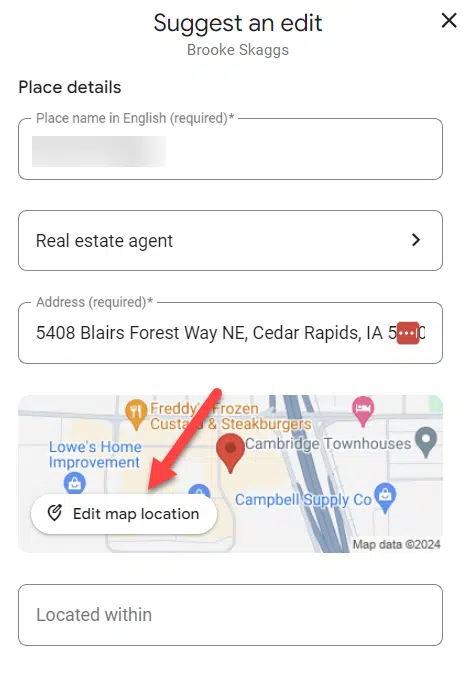In the swiftly changing digital arena, the emergence of a zero-click paradigm is increasingly evident for SEO professionals and digital marketers. This trend, characterized by search engine users obtaining their required information directly from the search results page without navigating to an external website, presents a formidable challenge. It necessitates a fundamental reevaluation of conventional SEO success metrics and compels professionals to reconsider strategies for maintaining visibility and relevance.
For those aspiring to excel in this altered landscape, grasping how SEO can prosper under these conditions is essential. Adaptation to the evolving priorities of search engines, which now emphasize user experience alongside the relevance and quality of content more than previously, is imperative. This evolution highlights the critical necessity of aligning with search engines’ objectives to fully and efficiently satisfy user queries, frequently bypassing traditional website visits.
Strategies for surviving in a zero-click world hinge on leveraging insights from advanced rank-tracking tools and aligning content with the intent behind search queries. It’s about striving for the “Fully Meets” rating in search results, indicating that a webpage perfectly satisfies a user’s need, making further clicks unnecessary. By focusing on these aspects, SEO strategies can not only survive but also thrive, ensuring visibility and engagement in a landscape where clicks are no longer the sole measure of success.
Understanding the zero-click trend in SEO
Why zero-click searches matter
In the swiftly changing digital environment, zero-click searches mark a profound transformation in user interaction with online content. Termed “zero-click” due to their ability to address the user’s inquiry directly within the search engine results page (SERP), thereby negating the necessity for further website navigation. This phenomenon underscores the criticality of optimizing for SERP elements such as featured snippets, FAQs, and local packs. For enterprises, the focus shifts from augmenting site traffic to enhancing visibility at the juncture of audience search activity.
Better understand your organic health
With zero-click SEO becoming the norm, traditional metrics for measuring SEO success need reevaluation. Impressions have become a critical metric, reflecting how often a brand appears on Google. Tracking this via Google Search Console, although with its limitations, provides a tangible measure of visibility. For local businesses, Google My Business shines, offering insights into local listing appearances on both Google Maps and Search.
However, tracking overall search position presents challenges. The accuracy of Google Search Console’s ranking data has been questioned, prompting the recommendation for external rank-tracking tools. SEMRush and Moz offer more reliable insights into ranking fluctuations, helping marketers better understand their organic health in a zero-click world. These strategies are vital for adapting to and thriving within the changing SEO dynamics.
Adapting SEO strategies for zero-click world


Optimising for featured snippets
In the realm of zero-click content, clinching a spot in featured snippets is critical. They’re essentially Google’s way of directly answering a user’s question. To secure these positions, content needs meticulous structuring. The goal is to directly answer the query in the very first paragraph. It’s not just about the text; adding tables, images, and charts elevates your answer, making it more snippet-worthy. Descriptive subheadings break the content into digestible pieces, further aligning with the zero-click SEO strategy. This approach doesn’t just serve the algorithm; it significantly enhances user experience.
Leveraging structured data
Structured data, or schema markup, is a powerhouse in the zero-click universe. It speaks Google’s language, enabling the search engine to grasp the context of your content swiftly. This is not just about improving visibility on SERPs; it’s about making it simpler for your content to be recognised as worthy of featured positions. Whether it’s an FAQ or a how-to guide, structured data categorises your information clearly, pushing your content into the limelight where zero-click searches dominate. It’s a behind-the-scenes tool that works wonders for visibility without altering your user’s experience on the page.
Optimising for voice search
The surge in voice search queries brings new challenges and opportunities for zero-click SEO. Optimising for voice requires a shift towards natural language use in content. This means answering questions as they are asked in everyday conversations. A voice search query is generally longer and framed as a question, so content that mirrors this format tends to rank higher. Moreover, voice search is predominantly mobile, highlighting the necessity of a mobile-friendly site with fast loading times. As voice searches often fuel zero-click results, tailoring content to this trend is pivotal for SEO success.
Importance of user intent in zero-click SEO

In today’s digital age, zero-click SEO has become a crucial aspect of search engine optimisation. Understanding and aligning with user intent is the backbone of creating effective zero-click content. When users type a query into a search engine, they’re looking for specific information. If the content directly answers their question, they may not need to click through to a website. This behaviour underscores the importance of crafting content that meets the searcher’s immediate needs.
Content creators must delve into the psyche of their target audience to predict the questions they might ask. This involves a profound understanding of the topics and tailoring the content to answer these queries succinctly. By doing so, the content stands a better chance of appearing in featured snippets or other zero-click positions on search engine results pages (SERPs). These coveted positions are not only a testament to the quality and relevance of the content but also increase visibility without the need for a user to click through.
Keywords and search queries that result in a high volume of zero clicks require a unique approach. Content should not only aim to be featured prominently on SERPs but also provide comprehensive and authoritative answers. This method enhances user experience and aligns with Google’s goal of quickly providing the best answers to its users.
Incorporating SEO strategies such as using structured data, optimising for voice search, and formatting content in an easily digestible manner can further bolster a site’s chance of securing a zero-click spot. These techniques help search engines understand and categorise content more effectively, leading to better matching with user queries.
The landscape of zero-click SEO is ever-evolving. Staying ahead of the curve requires constant adaptation and a deep understanding of user intent. By focusing on delivering direct, useful content, digital marketers can navigate this zero-click world successfully, ensuring their content remains visible and relevant.




